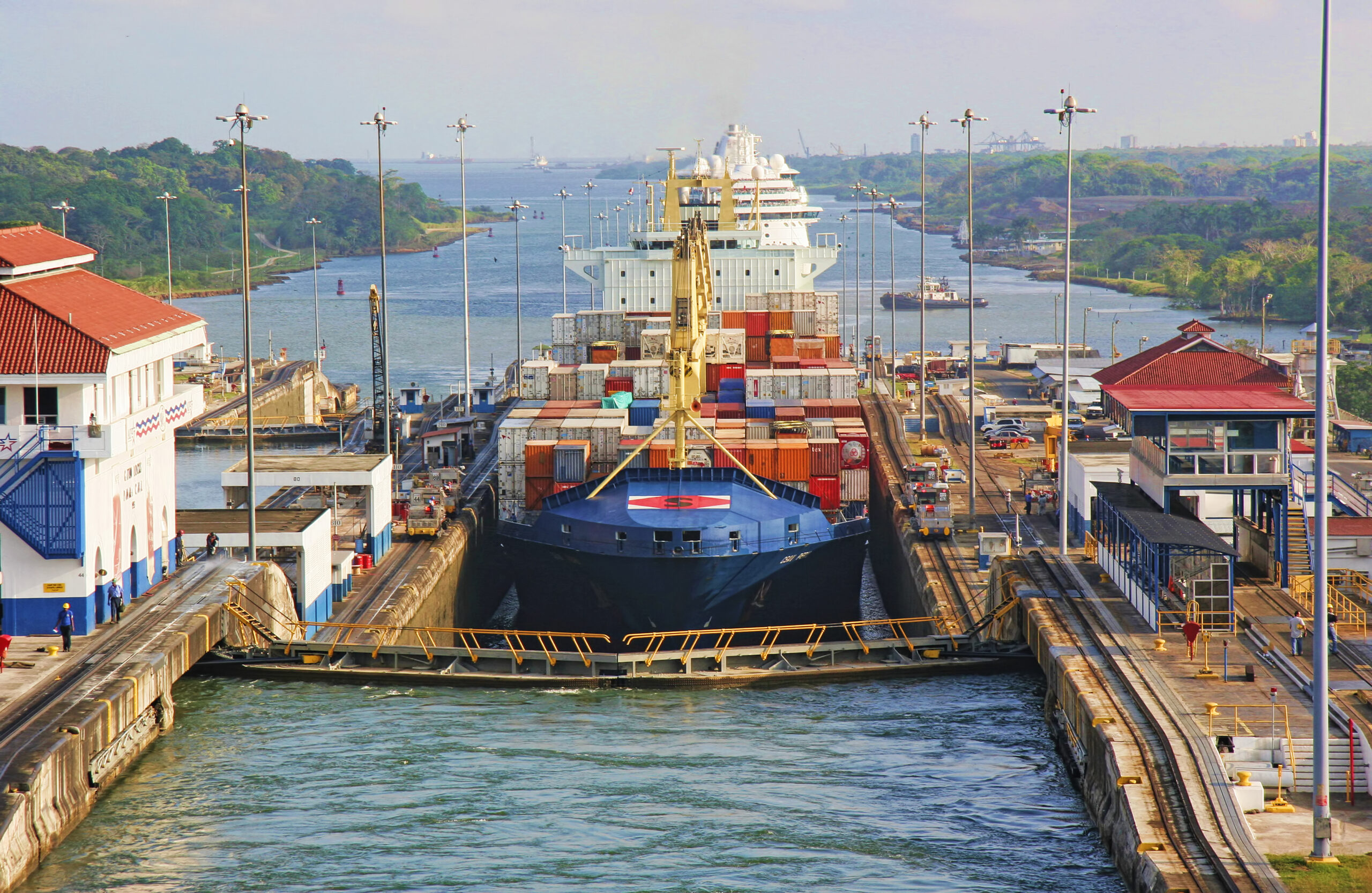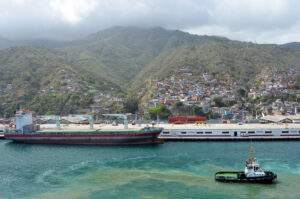Shipowners are having to pay record amounts if they want their carriers to beat a logjam of vessels waiting to cross the drought-affected Panama Canal.
The owner and operator of VLGCs Avance Gas notes in its earnings this week that from “end-July the 1-2 daily slots through the Neo-Panamax locks reserved for unbooked vessels have been auctioned out to the highest bidder, making scheduling a VLGC through Panama with insufficient customer ranking (i.e., top 15) a very costly exercise.”
The drought is impacting traffic in the Panama Canal which is progressively lowering the canal’s reservoir levels and forcing the Panama Canal to periodically manage water utilization in a sustainable manner to maintain acceptable and competitive draft levels.
The current conditions, are creating an unprecedented drought, and thus far has produced the driest year on record since 1950.
In light of the prolonged effects of the dry season, the canal authorities impose both draft restrictions and reduced number of daily transits.
Although the draft restrictions imposed have not had a direct effect on VLGCs, the measures have created a lot of disturbances in the booking system and subsequently delays for both northbound and southbound passages in both the Neo-Panamax and the old Panamax locks started to increase in June, averaging at 6 days northbound and 5.5 days southbound, shipping company Avance Gas Holding Ltd. said in its earnings this week.
Panama have been hampered by a long period of drought from May which have severely affected water levels in Gatun Lake, the pool of which fresh water is released to the canal and through the locks.
Following the drought in Panama, the latest measures from Panama canal authorities to preserve water is to limit the number of daily transits through the old Panamax locks by as much as 10 transits per day.
Delays as such have increased significantly so far through August, not only for Neo-Panamaxes but also for those of the old Panamax locks, often even surpassing those of the neo-locks which is highly unusual, VLGC owner Avance Gas notes.
Panama Canal delays through the second quarter of 2023 averaged 6.5 days northbound and 5.25 days southbound. After averaging 10.5 days northbound and 8 days southbound through April, delays were muted in May, averaging 2.5 days northbound and 2.1 days southbound.
As part of a worldwide phenomenon, in the last six months, the Panama Canal has experienced an extended dry season with high levels of evaporation, with a high probability of an El Niño condition before the end of this calendar year.
Despite current conditions, the Panama Canal remains the primary route for 57.5% of the total cargo transported in container ships from Asia to the eastern coast of the United States.
In the first nine months of the fiscal year 2023, 69.6% of the neopanamax container ships have a draft less than 44 feet. Many of the remaining vessels continue their transit through Panama, leveraging the multimodal system the route offers.
The authority claims that the cost of transiting goods through the Panama Canal averages 0.5% of the container’s cargo value, and the temporary measures in place should not notably affect the final price of goods.
As of August 29, a total of 135 vessels are distributed between the Atlantic and Pacific entrances. According to canal authority “of these, 53 have made reservations and will transit the Panama Canal without delay on their scheduled date. Vessels without reservations experience a wait of 9 to 10 days, up from the usual 5-day wait.”
The Panama Canal Authority is implementing procedures to improve water efficiency in its operations, while conducting studies to identify long-term solutions to climate variability. “However, the current severity coupled with its recurrence is historically unprecedented,” the authority said lately.
The last period of intense drought in the Canal took place in 2019 – 2020. These cycles, as the canal administrator Ricaurte Vásquez Morales says, have historically happened once every five years.



